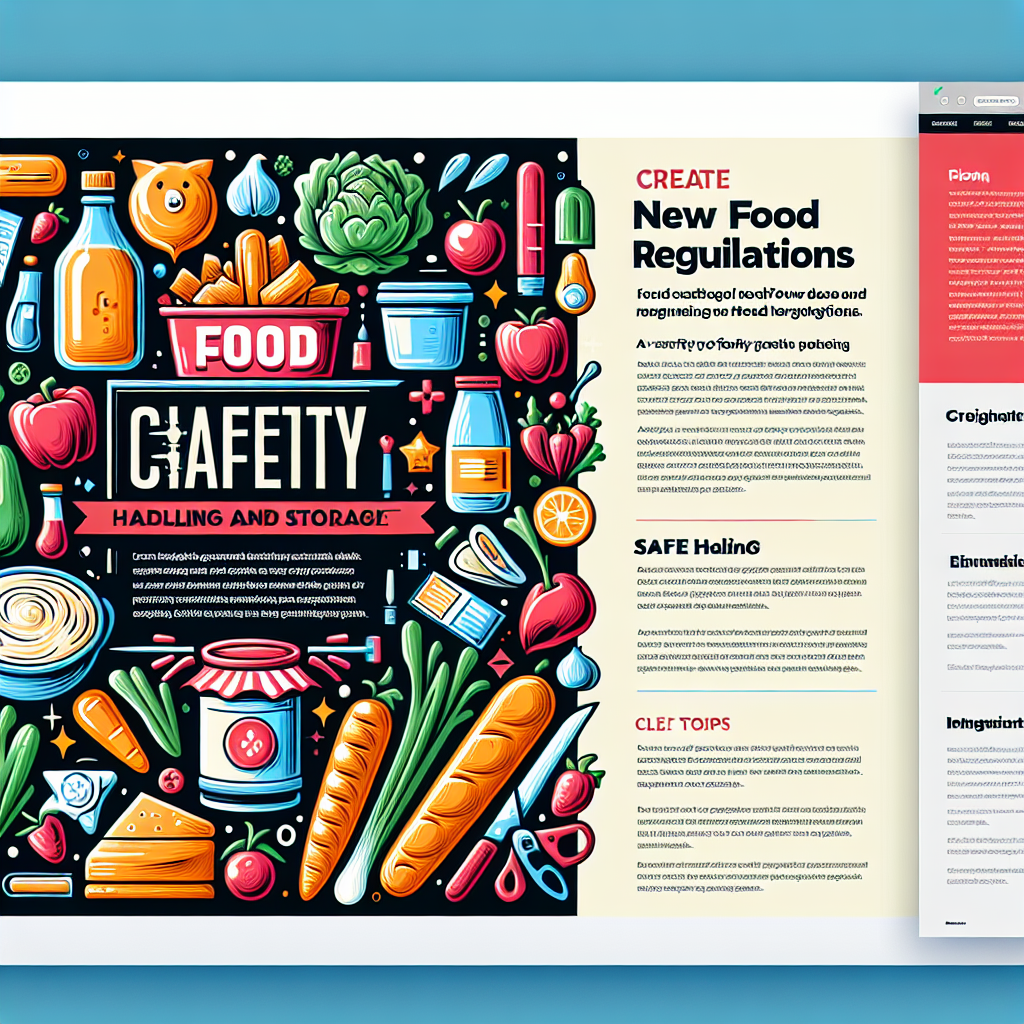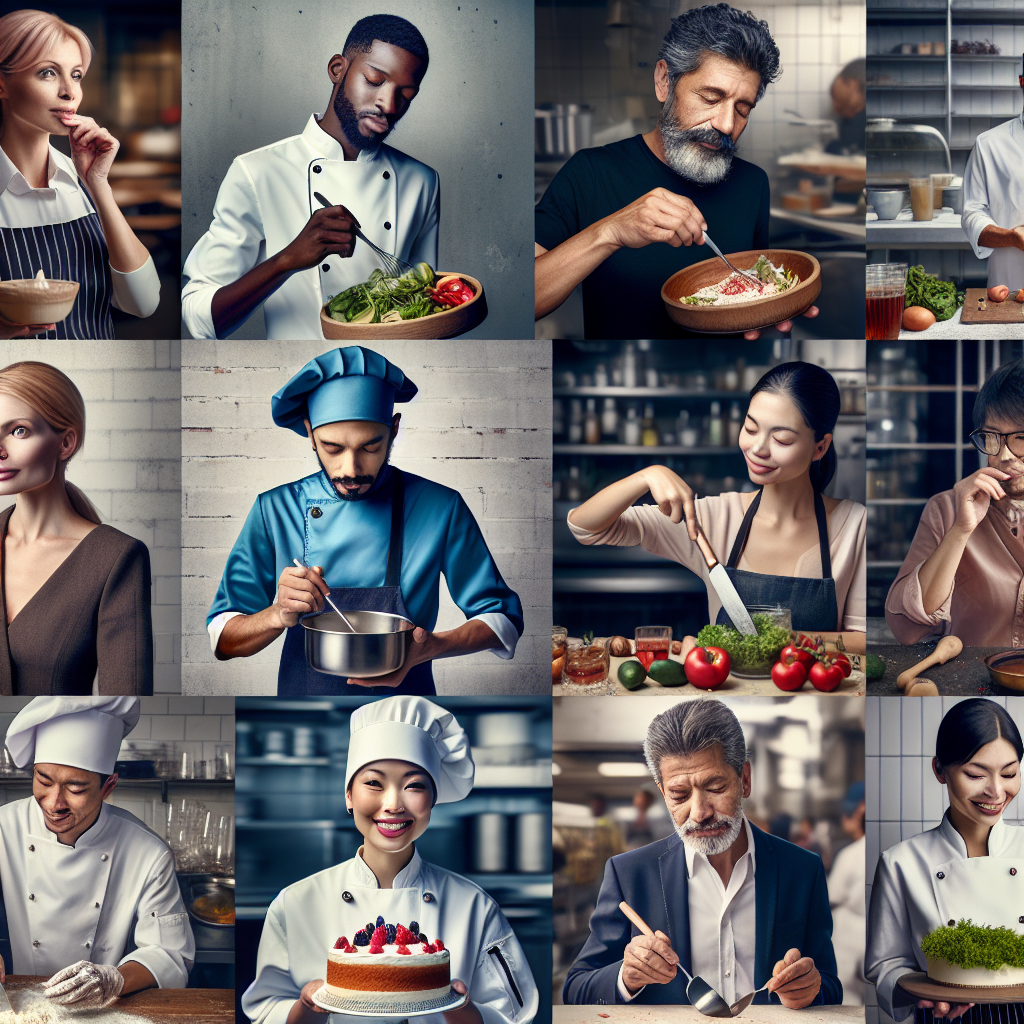In our vibrant culinary scene that thrives on creativity and innovation, regulatory requirements like food safety are often seen as tedious necessities rather than contributing factors to the artistic experience. As an art critic turned food investigator, I’m particularly interested in how these changes impact both professional kitchens and homemade meals alike.
Educational Challenge
New details emerge about an ongoing story regarding the educational challenge underpinning these new regulations. Many in the industry argue that awareness about food safety isn’t widespread enough among culinary creators, causing unnecessary risks and wastes.

Current System
The current system mainly focuses on punitive measures for non-compliance rather than education and prevention. The artistically-inclined mind can sometimes overlook vital practicalities in their quest for concocting extraordinary dishes.
‘There’s a crying need for better training resources dedicated towards understanding why certain rules exist,’ says renegade chef Miles Jarvis, known more for his avant-garde cuisine than his sanitary kitchen.’
‘Food isn’t just about taste—it’s also about trust,’ adds Jarvis.
Perspective Reforms:
A host of reforms have been proposed to tackle this issue head-on with workshops aiming to bridge the gap between bureaucratic rules and real-world practices in busy kitchens. ‘Interactive learning experiences will motivate them because they’ll see it as part of their craft,’ says Denise Randall, an industry insider and advocate for food safety education.

Implementation:
The roll-out of these changes has begun in various culinary schools across the country. The imperative now is to get private restaurants on board too. A significant challenge looms ahead: reaching out to home cooks and other informal sectors of the food industry with limited access to formal training.
‘It’s not just about health inspectors cracking down—it’s about raising awareness that good hygiene can actually enhance creativity,’ claims Randall.
…

